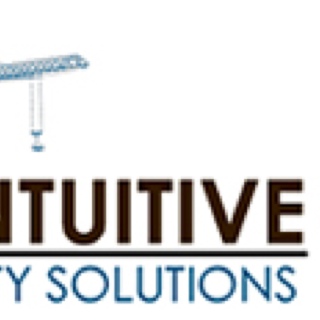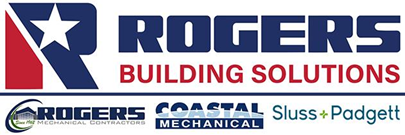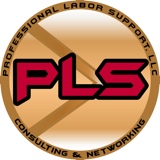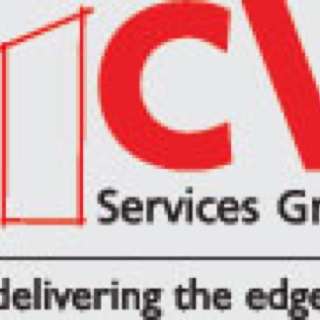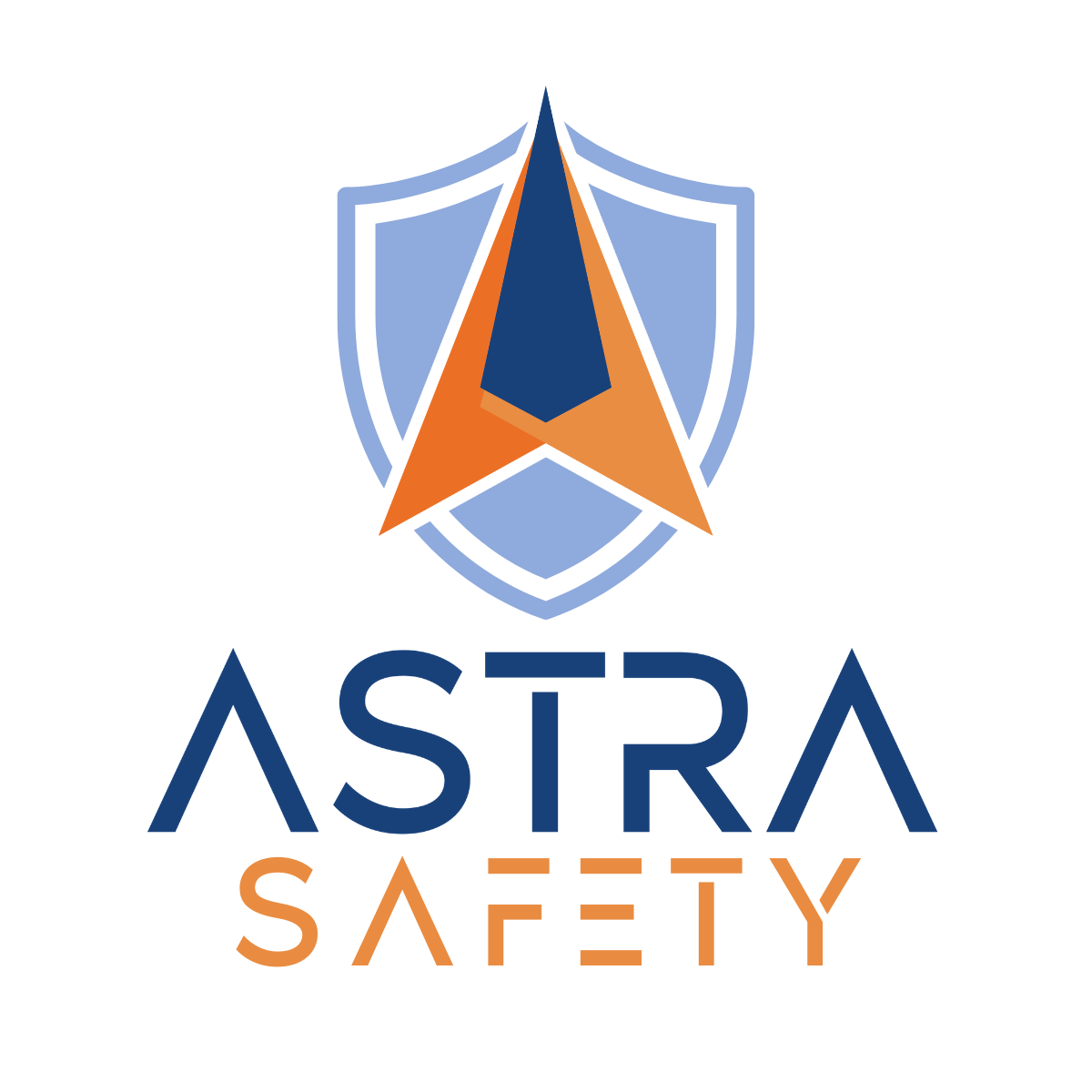Information
-
Document No.
-
Audit Title
-
Client / Site
-
Conducted on
-
Prepared by
-
Location
Previous Audit
-
Has the previous audit been closed out? Have all prior issues been resolved?
General Safety
-
Are first aid stations stocked and regularly inspected?
-
Are fire extinguishers inspected monthly and in good working order?
-
Are adequate toilets available on site with hand washing capabilities?
-
Is an adequate supply of drinking water provided to work crews?
-
Is dust control being practiced on site?
-
Are roads in good condition?
Documentation, Safety Meetings
-
Are MSDS available for review and available to all contractors on the project?
-
Are EEO, State & Federal Postings, & the project Emergency Action Plan including emergency contact Information posted for all to see?
-
Has an Occupational Health Clinic been set up for project use?
-
Are Job Safety Analysis being performed by work crews? <br><br>
-
If so, at minimum, is the following included within the JSA?<br>1) Location of work being performed<br>2) Emergency contact information<br>3) Task specific hazards including steps to mitigate these hazards<br>4) Signatures by all workers present
-
Does the work crew ensure that visitors review and sign their JSA upon entering the work area?
-
Are weekly safety audits being performed?
-
Are action items identified within these audits addressed within a timely manner?
-
Are weekly safety meetings being performed with all workers present?
-
Are topics within this meeting relevant to the work being performed on site?
-
Are near misses and incidents reviewed with workers?
-
Is a Safety Committee in place?
-
Are meeting minutes available for review?
General Access and Egress
-
Is there safe access and egress to all working areas of the site?
-
Are walkways free from obstructions and stored materials?
-
Have all overhead electrical lines been protected from vehicular traffic? (In particular, cranes and other extendable components)
-
Is adequate lighting provided including flashing amber warning beacons where appropriate?
-
Are roads tidy and clear from debris? If not, has it been removed promptly?
-
Are suitable barriers or warning devices present to keep members of the public separated from work sites and traffic?
-
Are advanced warning signs clearly displayed for public traffic?
Tooling
-
Are tools and cords in good condition?
-
Are cords protected from vehicular/equipment traffic?
-
Are mechanical safeguards in place?
-
Are tools neatly stored when not in use?
-
Are workers using the correct tool for the job?
Compressed Gasses & Flammable Materials
-
Are all compressed gasses stored separately from flammable liquids?
-
Are bottles capped and separated 25 feet or have a fire barrier of 1 hour when in storage?
-
Are gasses segregated by type?
-
Are cylinder valves fully closed and capped when not in use?
-
Are compressed gas cylinders secured in an upright position?
-
Are flammables stored in flammable storage cabinets?
-
Are gas/diesel/combustibles stored in a metal safety can?
Heavy Equipment
-
Are daily equipment inspections being performed on all equipment in use?
-
Are workers properly trained for the equipment in use?
-
Are all equipment/training certificates valid?
-
Are backup alarms in place for all equipment?
-
Are seat belts in use by all equipment operators?
-
Are equipment attachments in serviceable condition?
-
Are arial lifts in use? If so, are proper safety procedures being followed?
-
Have all personnel operating aerial lifts been trained?
-
Is equipment in good condition including the following:<br>1) Gates and guardrails <br>2) Daily inspection conducted with deficiencies identified?<br>3) Hydraulic systems in good order
Cranes & Rigging
-
Are crane certifications available for review? In addition, are all crane operators certified and able to produce certification upon request? (Per 29 CFR 1926.1427)
-
Are all riggers and signalman certified and able to produce certification upon request?
-
Are daily documented crane inspections occurring? Are the inspections available for review?
-
Are adequate communication procedures in place for crane operations?
-
Has a competent person been identified to coordinate all lifting operations?
-
Have pick plans been developed for all critical lifts? Are these plans available for review?
-
Are signaling procedures followed?
-
Are outriggers properly set up with crane swing radius adequately barricaded?
-
Have overhead power lines been adequately identified with the crane set up a safe distance away from energized lines?
-
Has the lifting zone been identified? Is it controlled by means of barricades or other protective systems?
-
Has rigging been properly inspected? Is the inspection documented?
-
Is rigging in good working order?
-
Is all rigging properly marked with rigging capacity information?
-
Where appropriate, are tag lines in use?
Trenching & Excavations
-
Is adequate means of egress present at intervals of no more than 25 ft apart?
-
Are excavation hazards present?
-
Are excavations being inspected daily by a competent person? <br>
-
Are protective systems in place? If so, is it in accordance per 29 CFR 1926 Subpart P?
-
If deeper than 20', has the excavation been designed/stamped by a Registered Engineer?
-
Have spoil piles been staged at a minimum of 2 ft from the excavation?
-
Are barriers, or other means of protection in place to prevent vehicles or people from falling into the excavation?
-
Is air sampling performed for all excavations >5' deep where hazardous atmospheres may exist?
-
Is this conducted prior to work being performed in the excavation?
-
Is rebar protection in use?
Personal Protective Equipment
-
Is the following Personal Protective Equipment in use?<br>1) ANSI-rated safety glasses with side shields<br>2) Class II Reflective Vest<br>3) Safety-toed work boots / metatarsal guard (when using impact equipment)<br>4) Class G Hardhat / climbing helmet (if climbing a tower)<br>5) Fire retardant clothing (when required)<br>6) Earplugs when required<br>7) Gloves
-
Is an arc flash suit, faceshield, electrical gloves, earplugs and 40 Cal FR clothing in use when performing work in potentially energized cabinets
-
Is PPE in good condition? Is it regularly inspected prior to each use?
Fall Protection
-
Has a fall protection workplan been completed for work on site?
-
Are workers following proper tie off procedures when working above 6 foot in height?
-
Are only shock-absorbing lanyards in use?
-
Is fall protection equipment inspected prior to each use?
-
Is PFPE in good working order?
-
Have fall hazards been identified and communicated with workers?
-
Have proper anchor points been identified and can they support 5,000 lbs per person?
-
Are ladder safety procedures being followed?
-
Is the correct ladder being used for the job?
-
Are all extension ladders positioned at least 3' above the point of access?
Electrical
-
Are electrical cords in good condition?
-
Is an assured equipment grounding program in place? Are GFCI's in use for all temporary power?
-
Is arc flash protection in use?
-
Personal Protective Equipment appropriate for electrical work provided and in use?
-
All portable ladders must have non-conductive siderails
-
Are insulated tools and handling equipment used for work performed near exposed energized circuits?
-
Have minimum safe work distances been established when work involves energized parts?
Lockout/Tagout
-
Is a LOTO policy in place and communicated to all workers involved?
-
Is LOTO of potentially energized components occurring per site procedures?
-
Is a competent person assigned to manage this LOTO program?
-
Are permits issued for all work on potentially energized components?
Substation
-
Is substation access being controlled?
-
Is an energization program in place?
-
Has an energization competent person been identified?
Working in Towers
-
Are means in place to prevent unauthorized access into the wind turbine?
-
Is proper PPE in use for tasks while working inside of the turbine?
-
Is lone work being performed inside of the turbine?
-
Is adequate access available prior to installation of stairs?
-
Are sufficiently trained rescue personnel available?
Confined Space Entry
-
Have confined spaces been identified?
-
Are procedures in place to address work in confined spaces?
-
Are these procedures being followed?
-
Are permits issued for work in confined spaces?
Hot Work & Fire Prevention
-
Have fire hazards been identified?
-
Are welding leads and torch hoses maintained in safe condition?
-
Are back flow preventers installed on torch setups?
-
Are combustibles & flammables stored away from Hot Work?
-
Are Fire Extinguishers/Water Cans in close proximity to Hot Work?
-
Has a Hot Work Permit been secured?
-
Is a Fire Watch present for all hot work operations?
Environmental
-
Are hazardous spills being reported as required
-
Are spills of hazardous materials being cleaned up and disposed of in a timely manner?
-
Are spill kits available for use?
-
Have all hazardous wastes been separated and properly stored?
-
Are hazardous waste containers stored on spill containment pallets or the like? Are containers adequately marked with contents including accumulation start date?
-
Is a 20 lb. fire extinguisher present and at least 25' from the spill containment & fueling areas?
-
Is a "No Smoking" sign present near fueling and hazardous waste containment areas?
-
Is a Storm Water & Pollution Protection Plan (SWPPP) in place?
-
Are SWPPP program requirements being followed?
-
Are required inspections taking place?
Additional Findings
-
Are there any additional findings not listed within this report? If so, what are they?
